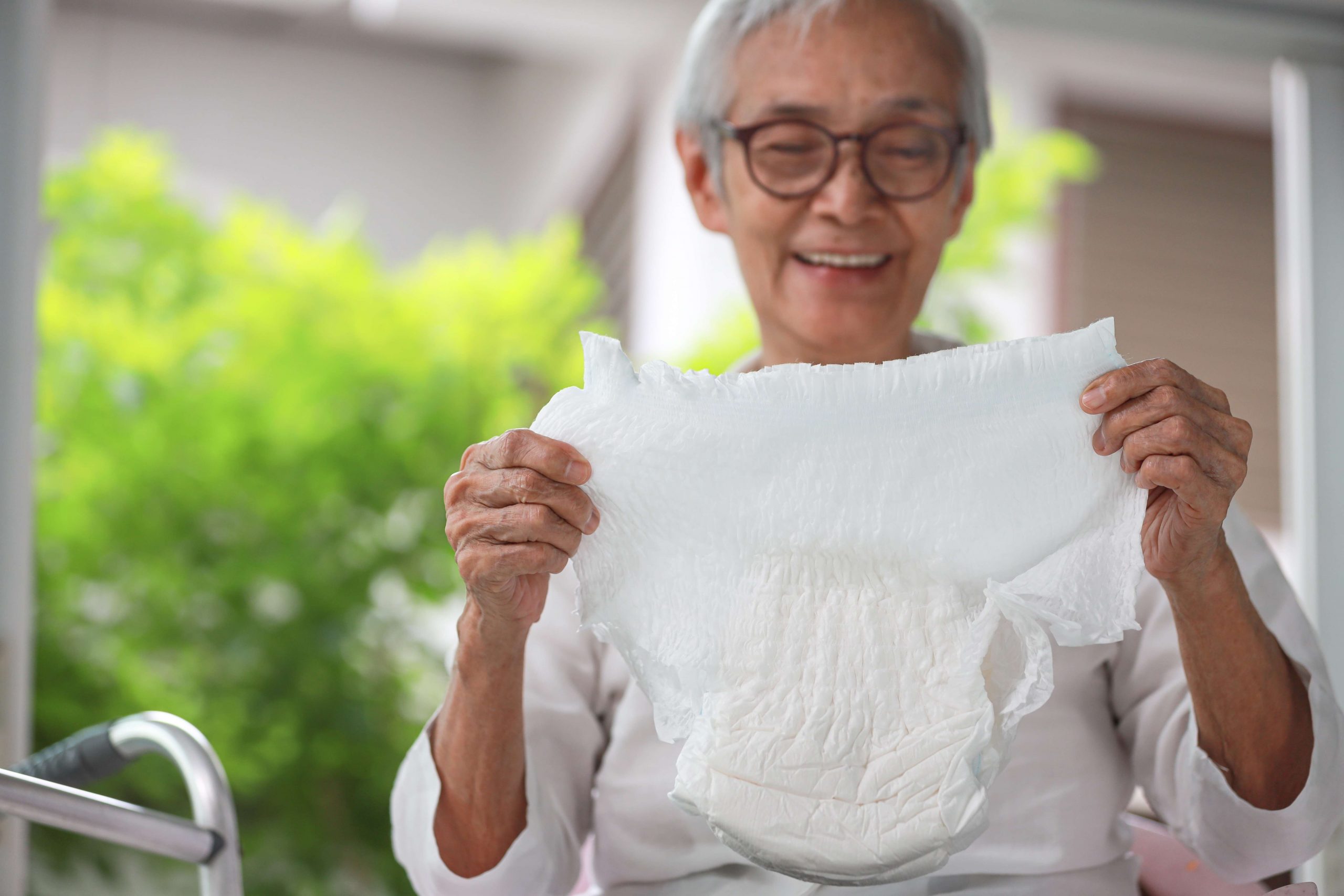Creating an office chair involves a meticulous process that combines design, ergonomics, and engineering to produce a product that offers comfort and functionality. The journey from concept to final product is complex, involving multiple stages from initial design to manufacturing and quality control. This article offers a detailed examination of the process involved in developing an office chair, incorporating ergonomic principles and design considerations.
Initial Concept and Design
The process begins with the initial concept and design phase, where the primary objective is to define the chair’s purpose and target audience. Designers start by researching user needs and preferences, often drawing from ergonomics experts to ensure that the chair will support long hours of sitting with minimal discomfort. Key considerations include the chair’s adjustability, lumbar support, and overall aesthetic. For office chairs, comfort and functionality are paramount. Designers must balance these factors with visual appeal. The goal is to create a product that meets the ergonomic needs of the user while also fitting well within the broader category of home furniture where it will be used.
Prototyping and Material Selection
Once the design is finalised, prototyping begins. In this phase, designers create a working model of the office chair based on the design specifications. Prototypes allow designers and engineers to evaluate the chair’s functionality and comfort. During this phase, they test various materials for durability, comfort, and aesthetics. Common materials include high-density foam for cushioning, breathable fabrics for the seat and back, and durable metals or plastics for the frame. Designers select each material for its ability to meet the chair’s ergonomic requirements and its suitability for its intended use. For ergonomic chairs, choosing the right materials is crucial to ensuring overall comfort and longevity.
Ergonomic Testing and Adjustments
Ergonomic testing is a critical phase in the development of an office chair. It involves evaluating how well the chair supports the user’s posture and promotes healthy sitting habits. Ergonomists and testers assess features like lumbar support, seat height, armrest adjustability, and tilt mechanisms. Adjustments are made based on feedback to ensure that the chair provides adequate support and promotes proper alignment of the spine and pelvis. This phase may involve several iterations of adjustments and retesting to refine the chair’s ergonomics. The goal is to ensure that the final product supports long-term comfort and reduces the risk of musculoskeletal problems.
Manufacturing Process
After refining the prototype, we move the chair into the manufacturing phase. This stage involves setting up production lines and sourcing the necessary materials and components. We assemble the frame, install cushioning and upholstery, and integrate adjustable mechanisms. Quality control plays a crucial role in this phase, ensuring that each chair meets design specifications and durability standards. We also address logistical aspects, such as inventory management and supply chain coordination, to ensure that production runs smoothly and on schedule.
Quality Control and Testing
Quality control is an essential part of the manufacturing process. Chairs undergo rigorous testing to ensure they meet safety and durability standards. It includes stress tests to assess the chair’s ability to withstand regular use and any potential wear and tear. Additionally, quality control checks ensure that all adjustable features function correctly and that the chair is free from defects. For ergonomic chairs, additional testing may be performed to confirm that the chair maintains its ergonomic properties over time and through extensive use. The goal is to deliver a reliable product that performs consistently and provides long-lasting comfort.
Conclusion
The journey of creating an office chair from concept to comfort involves a series of detailed steps, each crucial to ensuring that the final product meets high standards of ergonomics and functionality. From the initial design and prototyping phases to manufacturing and quality control, every stage is carefully managed to produce a chair that enhances user comfort and supports health. By understanding this process, consumers can appreciate the complexity and craftsmanship involved in designing an office chair that stands out in the broader category of home furniture.
Contact Harvey Norman Malaysia today for more information.






